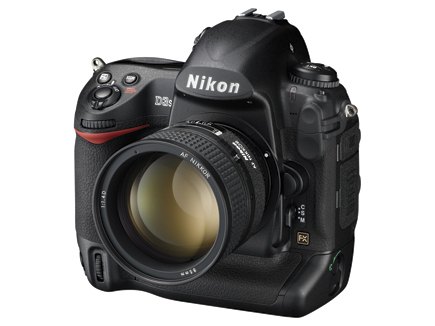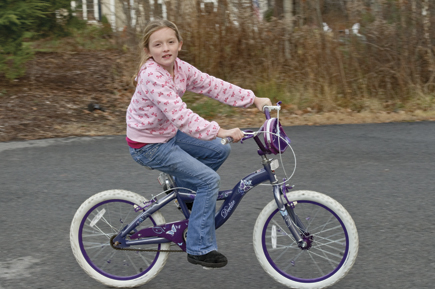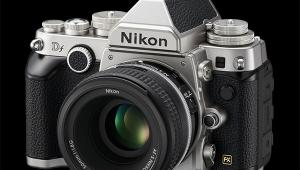So the D3s is a camera that satisfies "a craven need for speed," according to the very first sentence of the article.
Edit much?
"Craven" means "cowardly," "yellow-bellied," "contemptibly fainthearted."
Your writer was probably reaching for "craving" (which means "having a strong desire").
The two words are not AT ALL the same. Perhaps the purchase of a dictionary is in order?


























































